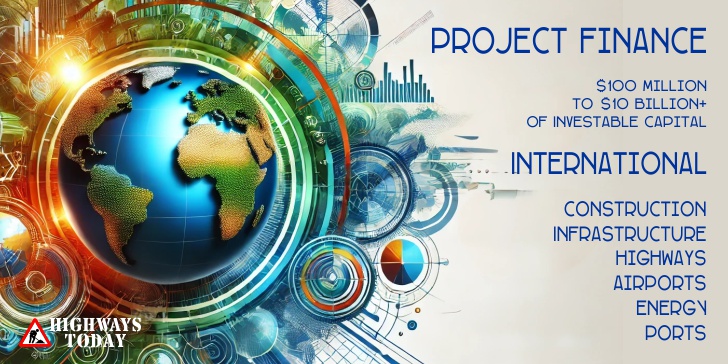Agra’s €450m Metro rolls forward
In the heart of India’s historical tapestry, a new chapter unfolds as the Agra metro, a beacon of modernity and sustainability, takes shape amidst the echoes of the past.
Financed by the European Investment Bank (EIB) with a hefty €450 million loan, this venture is not just about constructing a metro; it’s about reshaping the future of urban transport in Agra, a city cradled by the majestic Taj Mahal and the imposing Agra Fort.
The Journey Begins
The launch of the first 6 km stretch of the Agra metro was a spectacle of hope and anticipation, graced virtually by Prime Minister Narendra Modi and witnessed by key figures including Uttar Pradesh’s Chief Minister Yogi Adityanath, alongside the driving forces from the Uttar Pradesh Metro Rail Corporation and EIB.
This initial segment marks the commencement of an ambitious project set to extend over 30 km, interweaving two urban lines and 27 stations into the fabric of Agra.
A Greater Vision
Beyond the marvel of engineering, the Agra metro project stands as a testament to a broader vision—one of environmental stewardship, social inclusivity, and cultural preservation.
Aimed at slashing pollution, easing congestion, and curtailing carbon footprints, the initiative is a giant leap towards cleaner, greener urban living. Women and girls, in particular, are set to benefit from enhanced safety measures, heralding a new era of secure and accessible public transport.
A Cultural Conscience
Constructing a modern infrastructure within a stone’s throw of UNESCO World Heritage Sites is no small feat. The project treads lightly around these historical landmarks, with underground stations near the Taj Mahal and Agra Fort ensuring the metro’s presence complements rather than competes with the ancient grandeur.
It’s a delicate balance between honouring Agra’s heritage and propelling it into the future.
Europe’s Hand in India’s Leap
EIB Vice-President Nicola Beer’s pride in backing the Agra metro underscores the project’s alignment with the EU’s climate goals.
But it’s more than just a single project; with a total commitment of €3 billion to India’s transport sector since 2016, EIB is fuelling a transformation across Indian cities, making India the largest beneficiary of its transport financing outside Europe.
A Partnership for the People
The European Union’s support, articulated by Ambassador Hervé Delphin, highlights the Agra metro as a model of international cooperation yielding tangible benefits.
It’s about providing a cleaner, safer, and more efficient transport option for Agra’s residents and its throngs of visitors, thus enhancing quality of life and protecting the city’s priceless heritage.
The Road Ahead
The EIB’s investment in Agra’s metro infrastructure is a statement of confidence in the project’s potential to redefine urban mobility. It’s a partnership that extends beyond financial assistance, embracing technical support to ensure the realization of a world-class transit system.
This commitment resonates with Prime Minister Modi’s vision for urban transport, promising a future where connectivity, sustainability, and heritage coalesce.
A Model for the Future
As the Agra metro carves its path through the city, it emerges as a symbol of progress, a model for sustainable transport, and a testament to the fruitful collaboration between India and the European Union.
With the EIB’s backing, Agra is on track to becoming a showcase of how ancient cities can embrace modernity without losing their soul, setting a precedent for future projects worldwide.





















